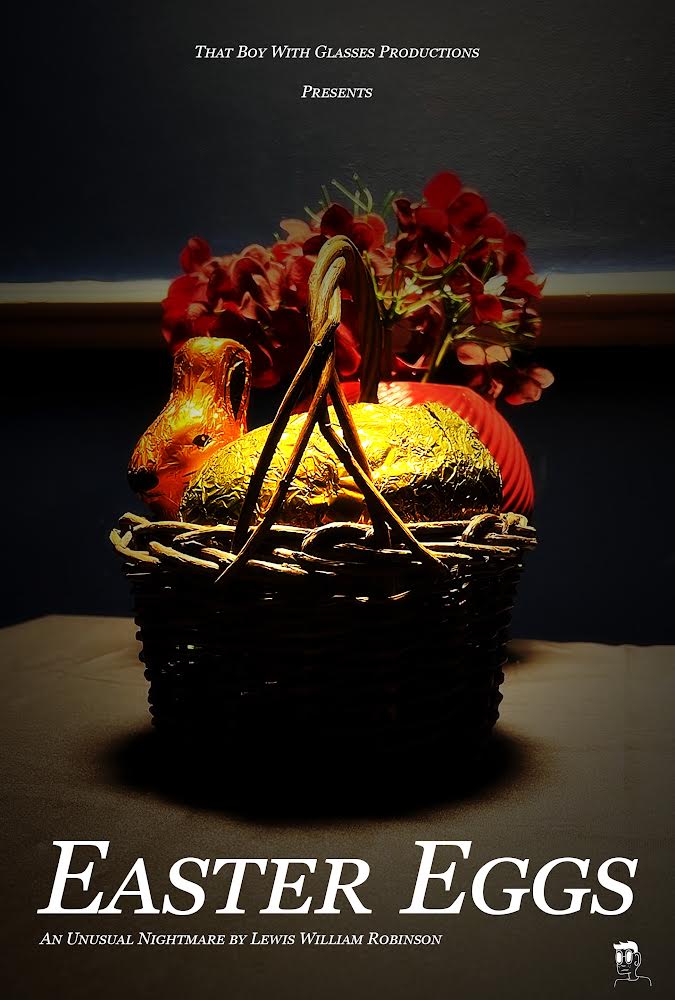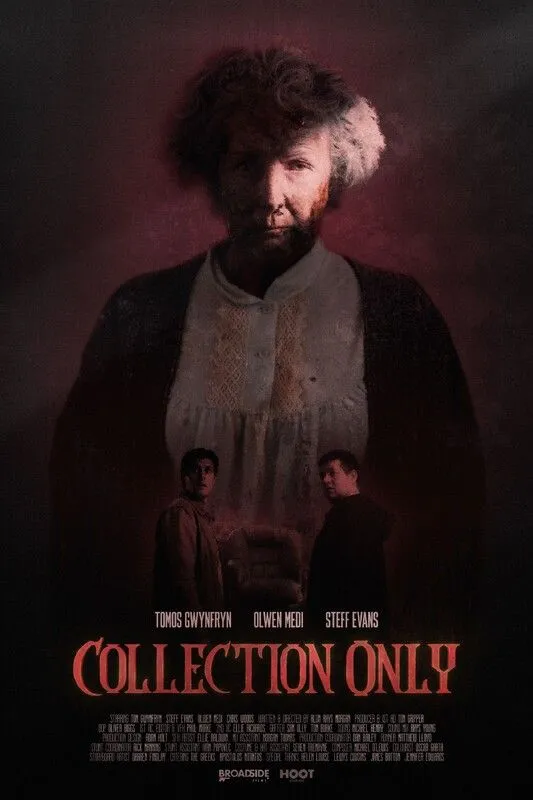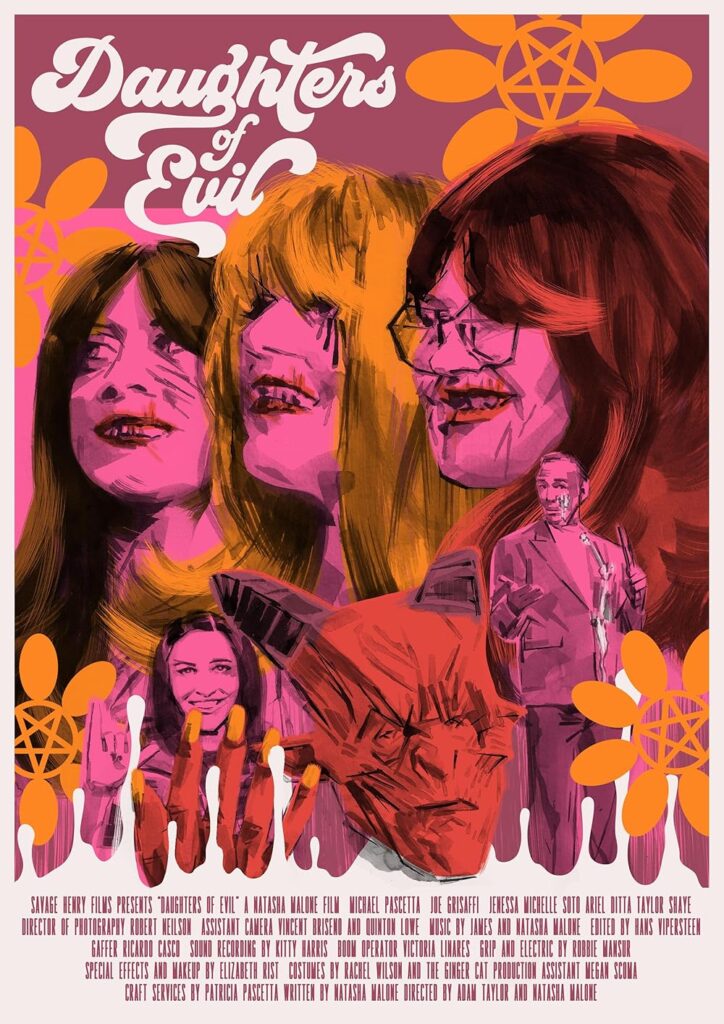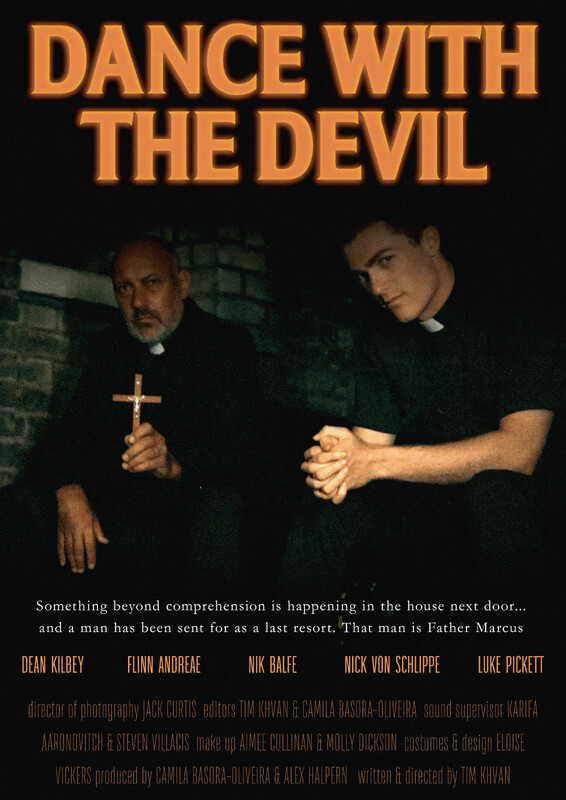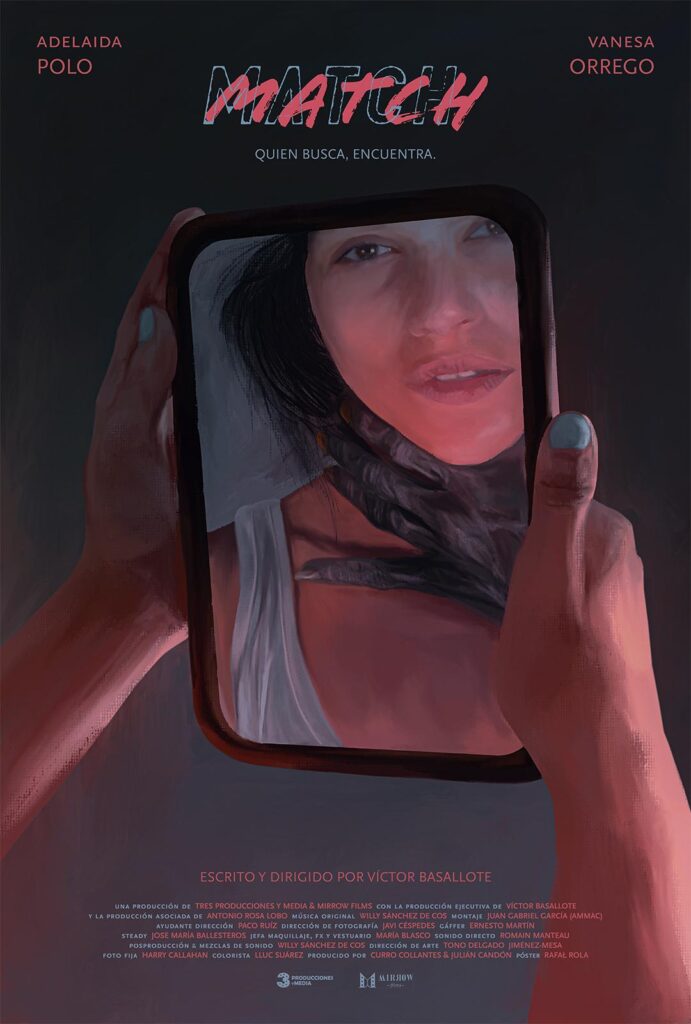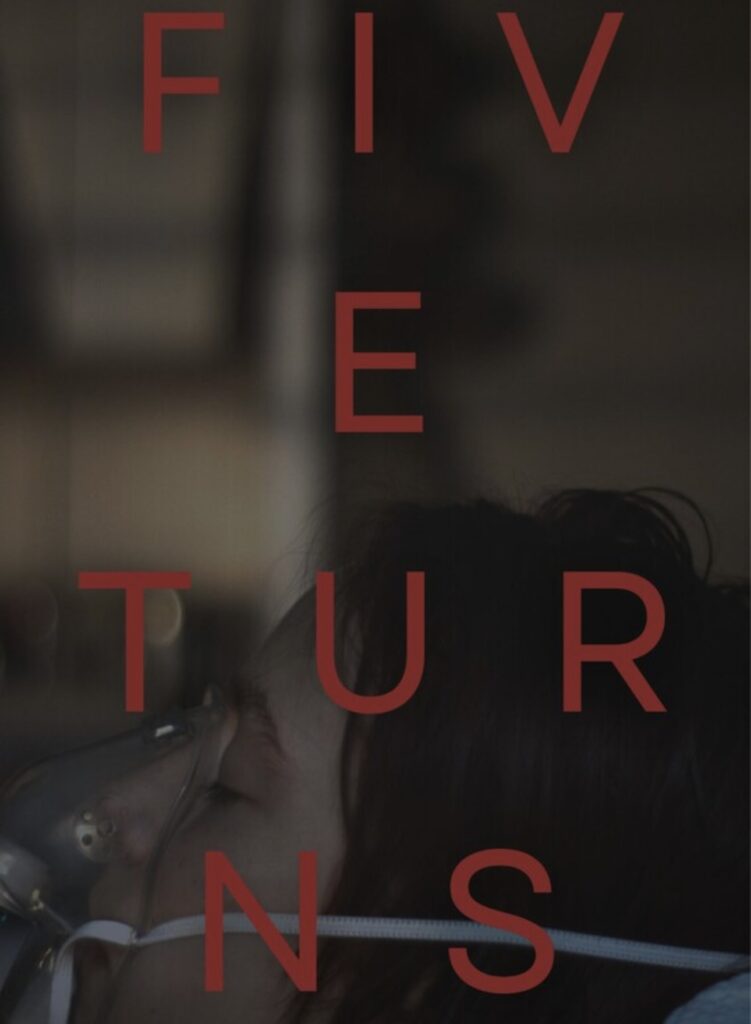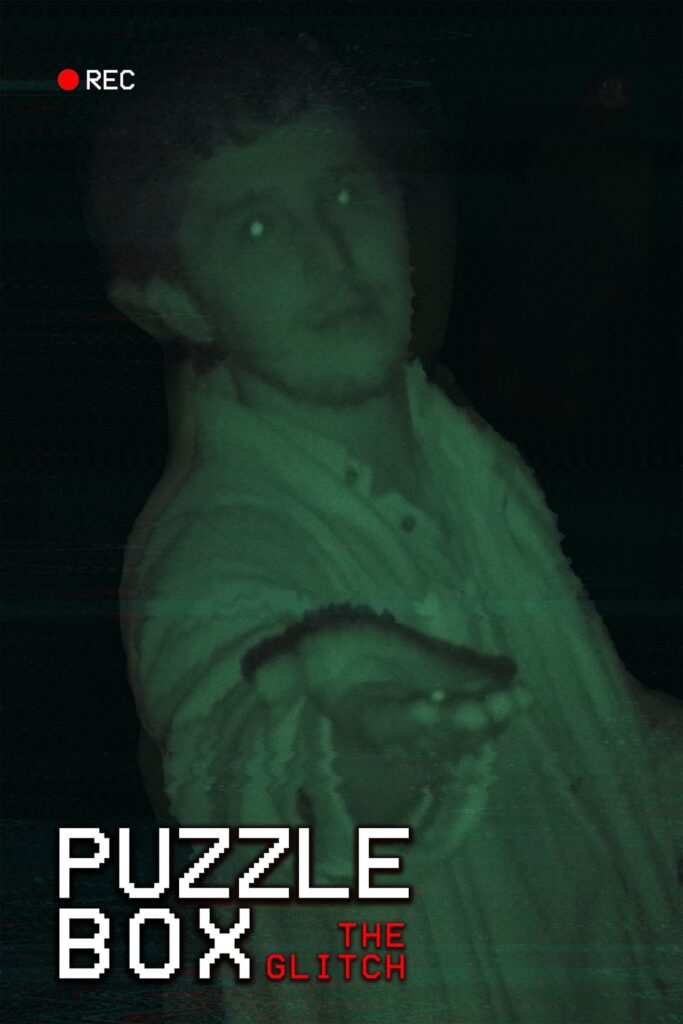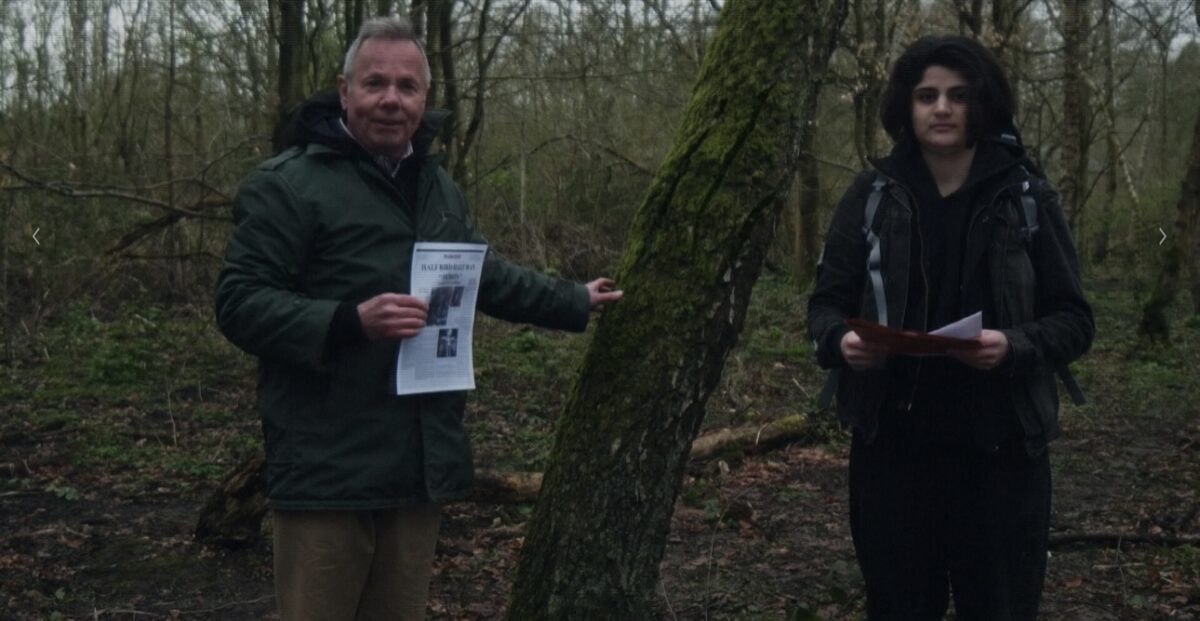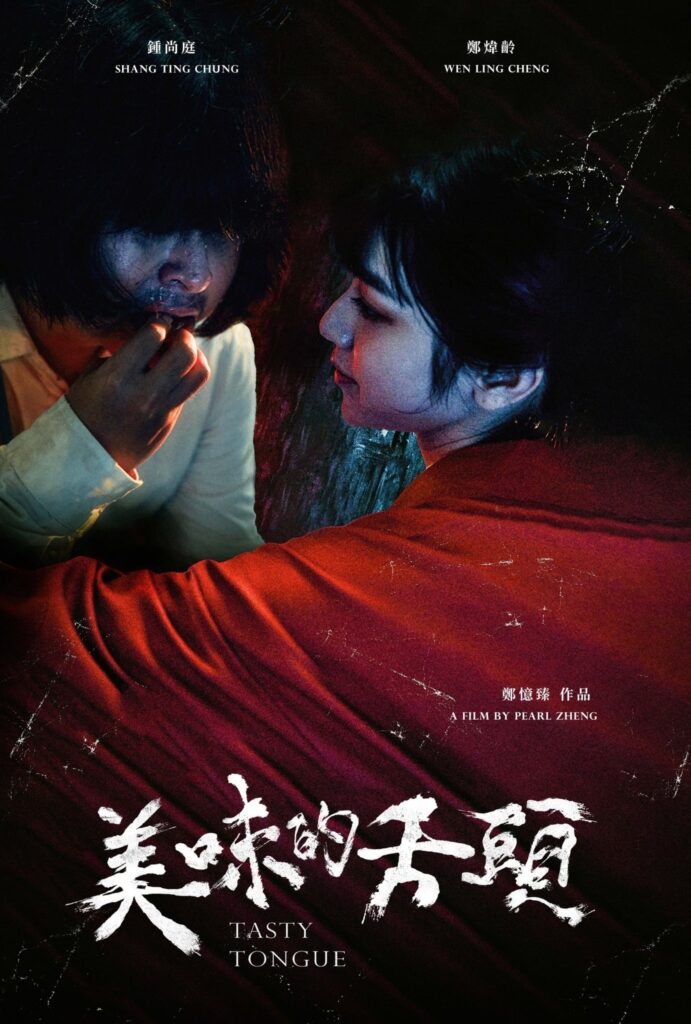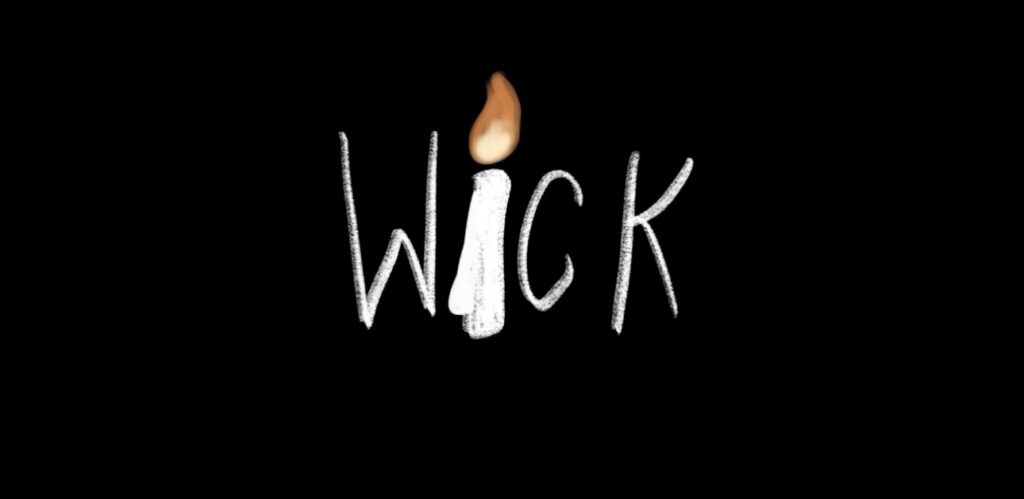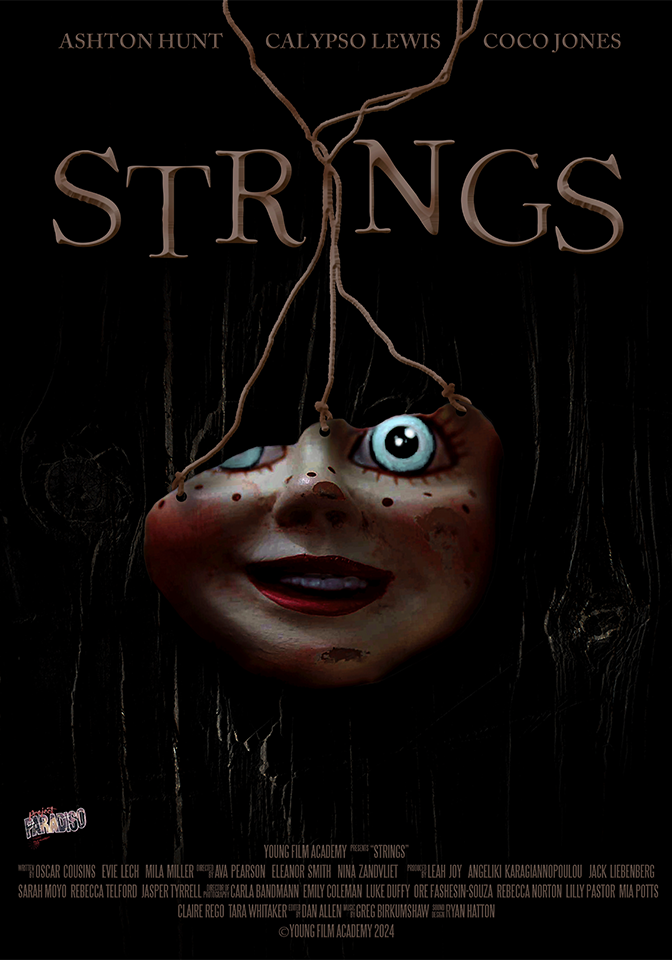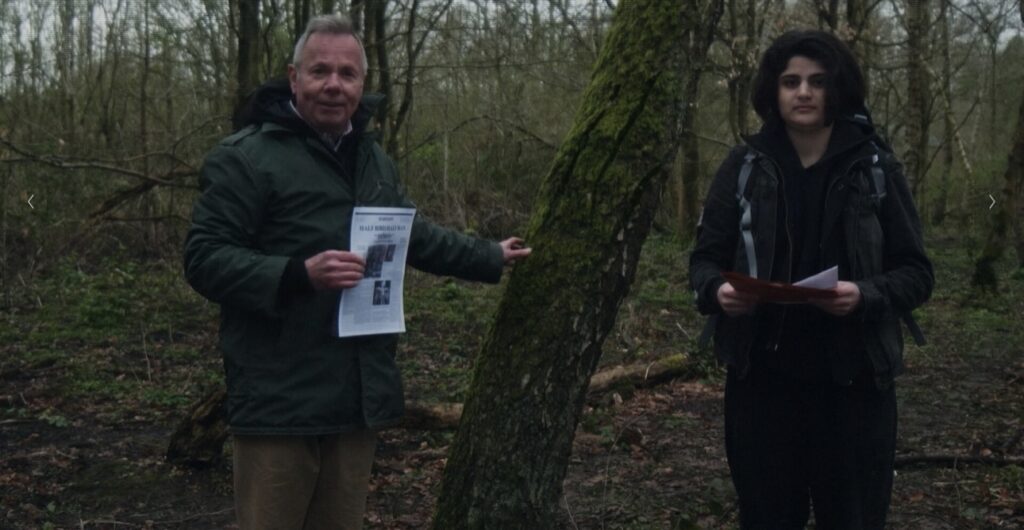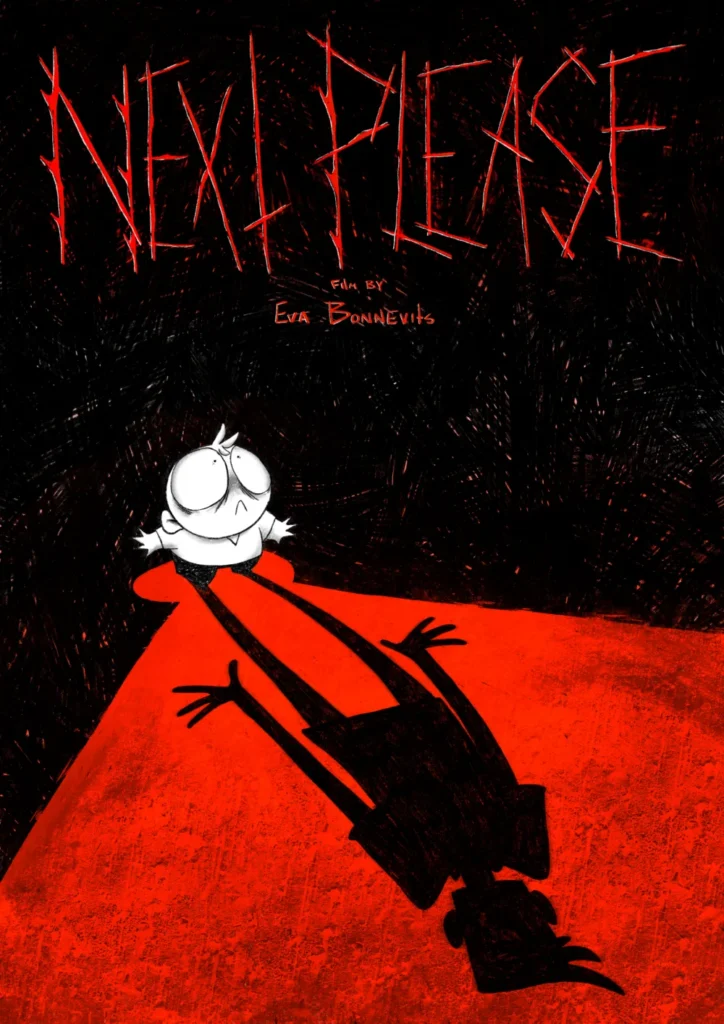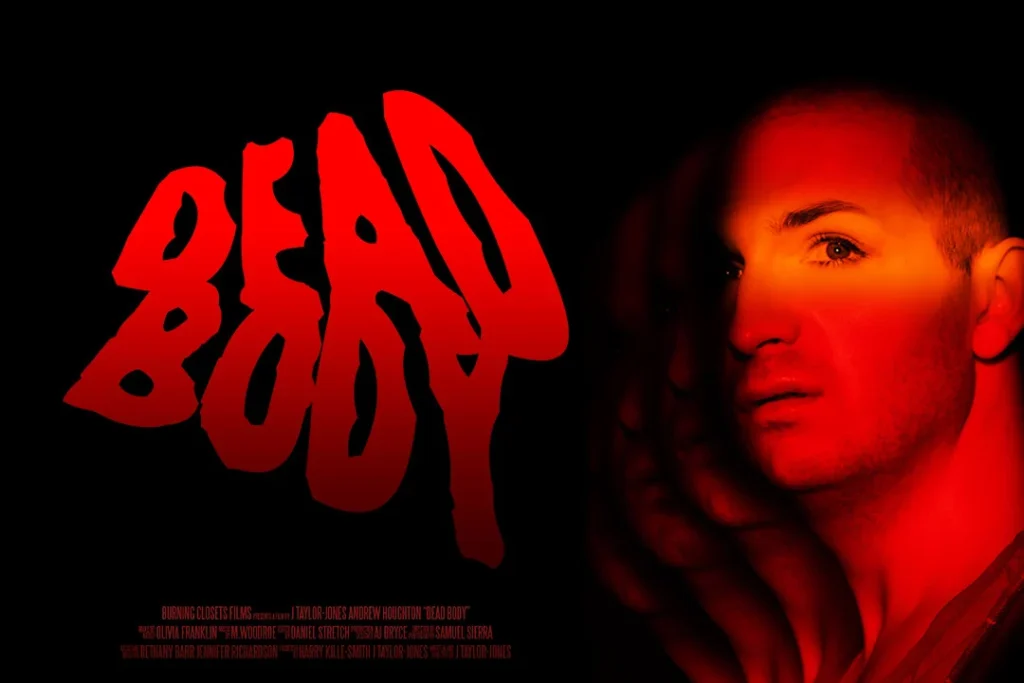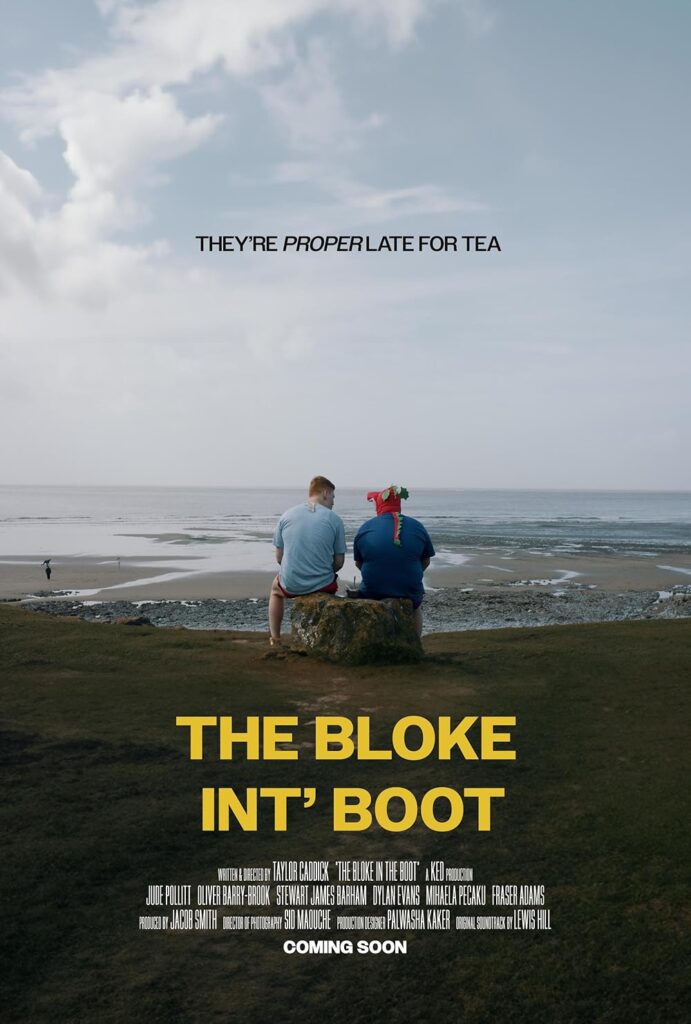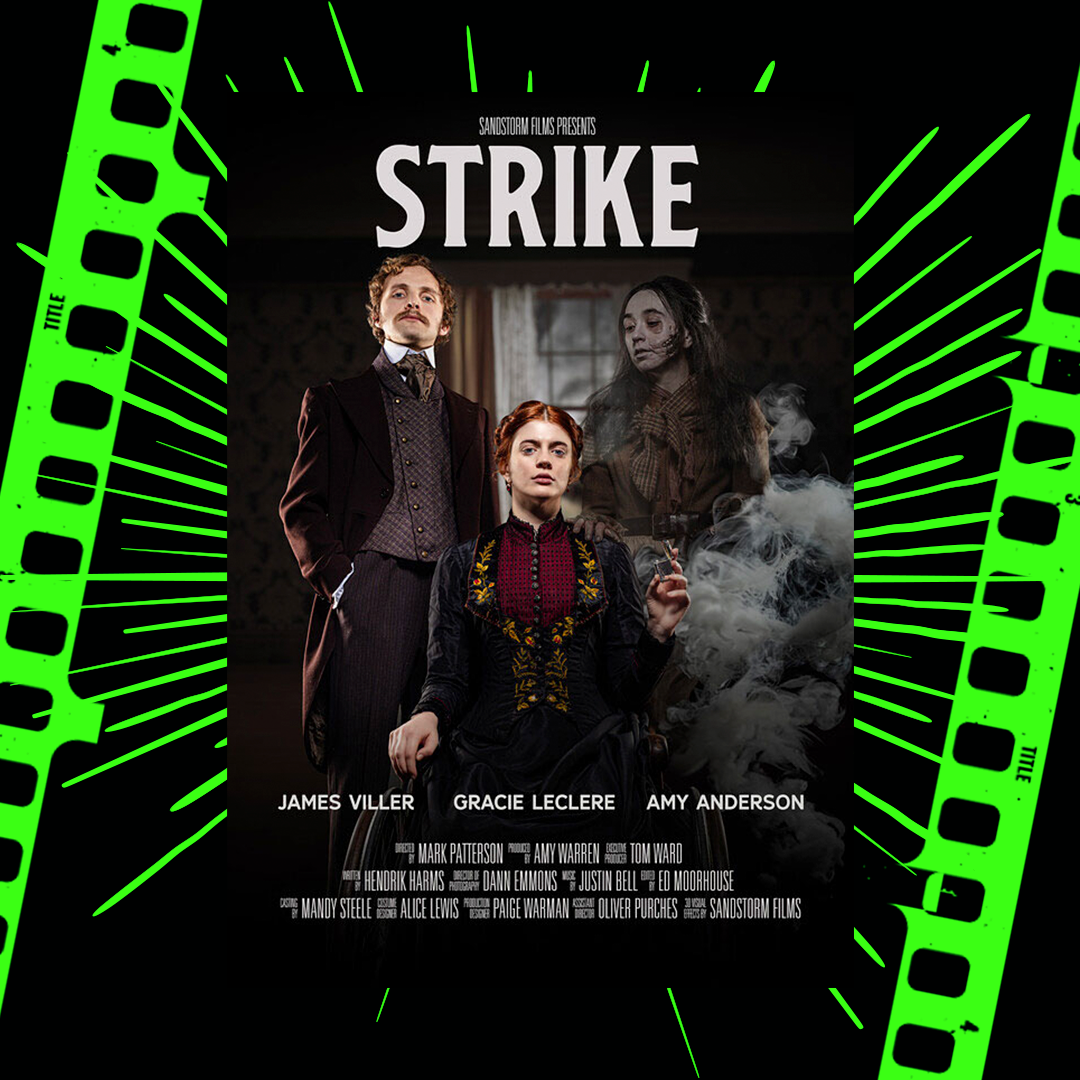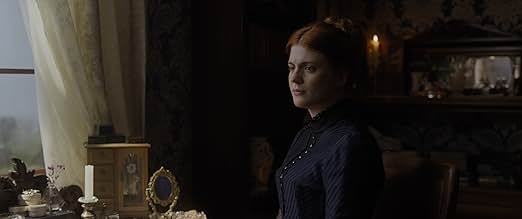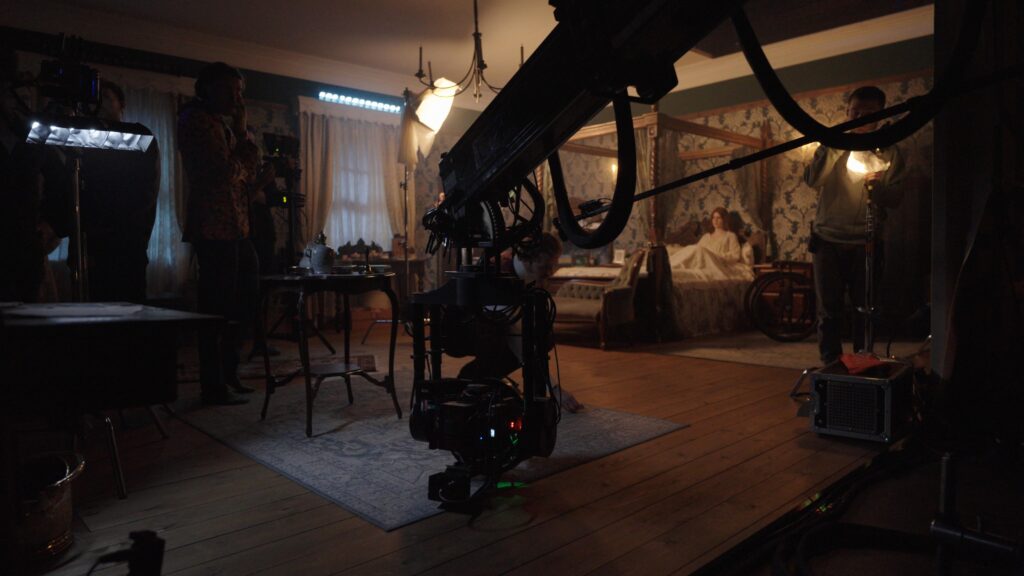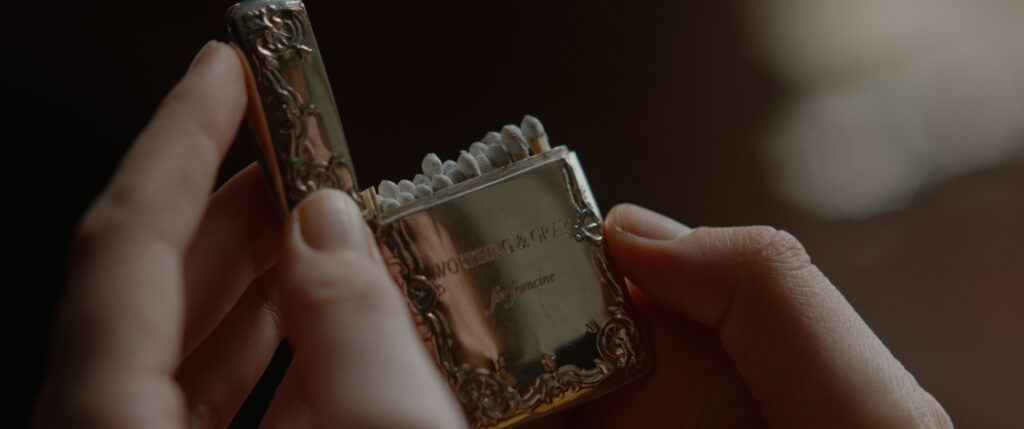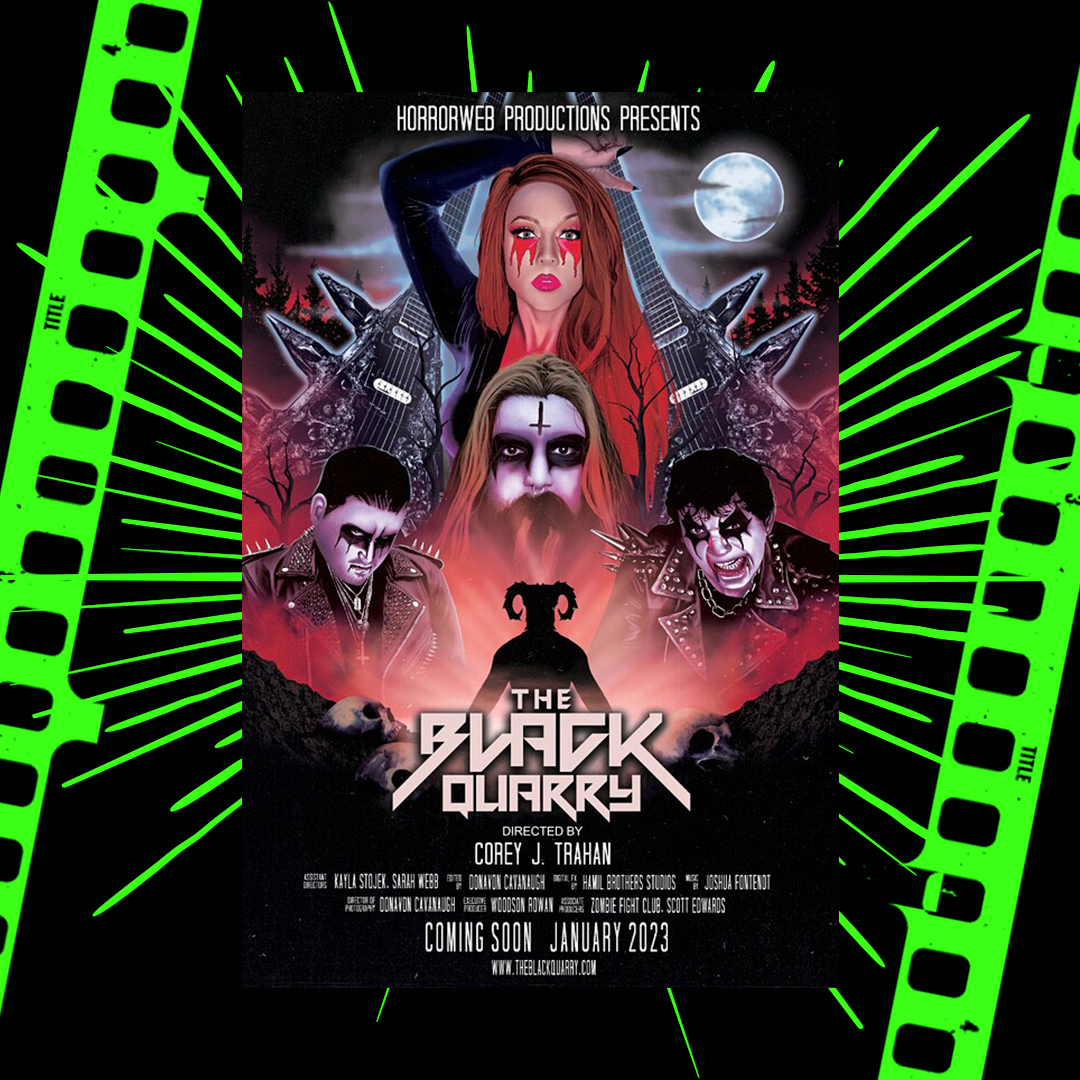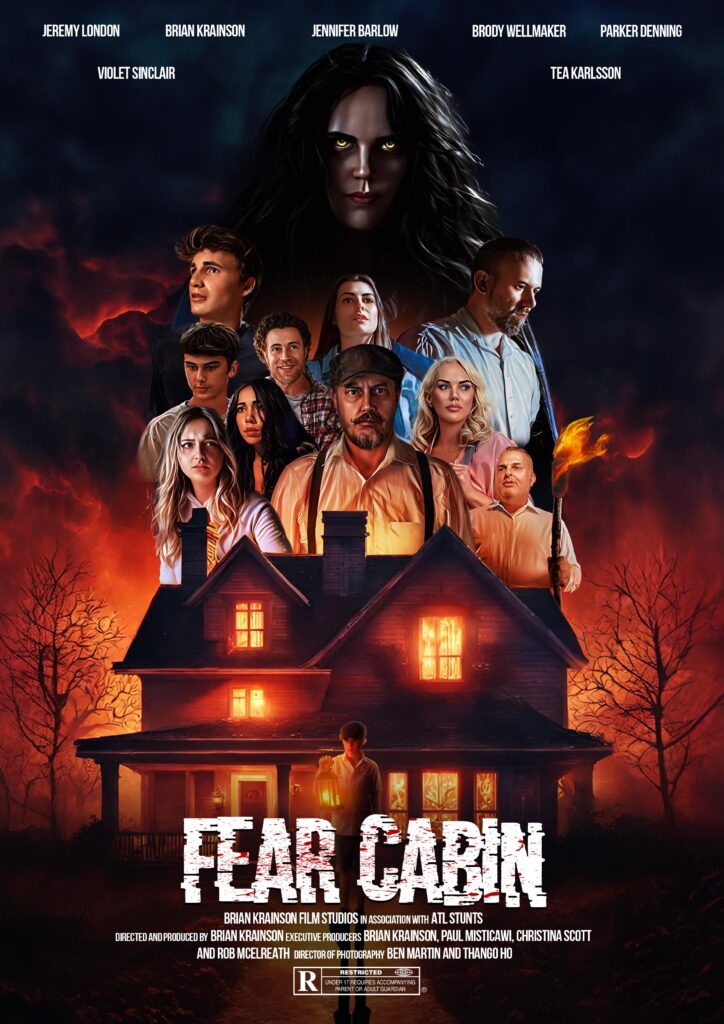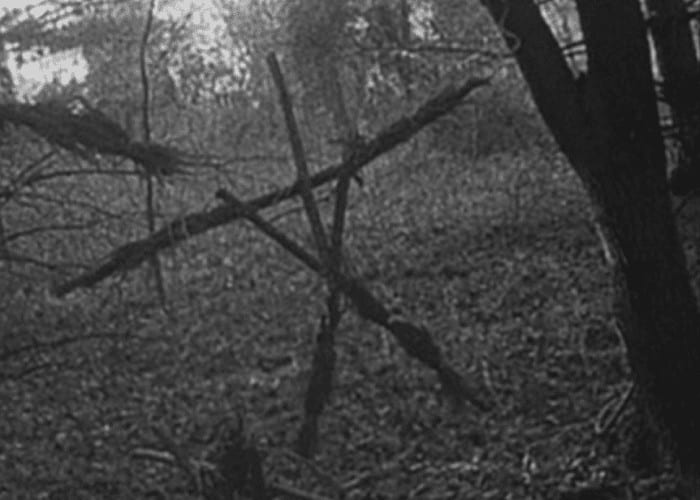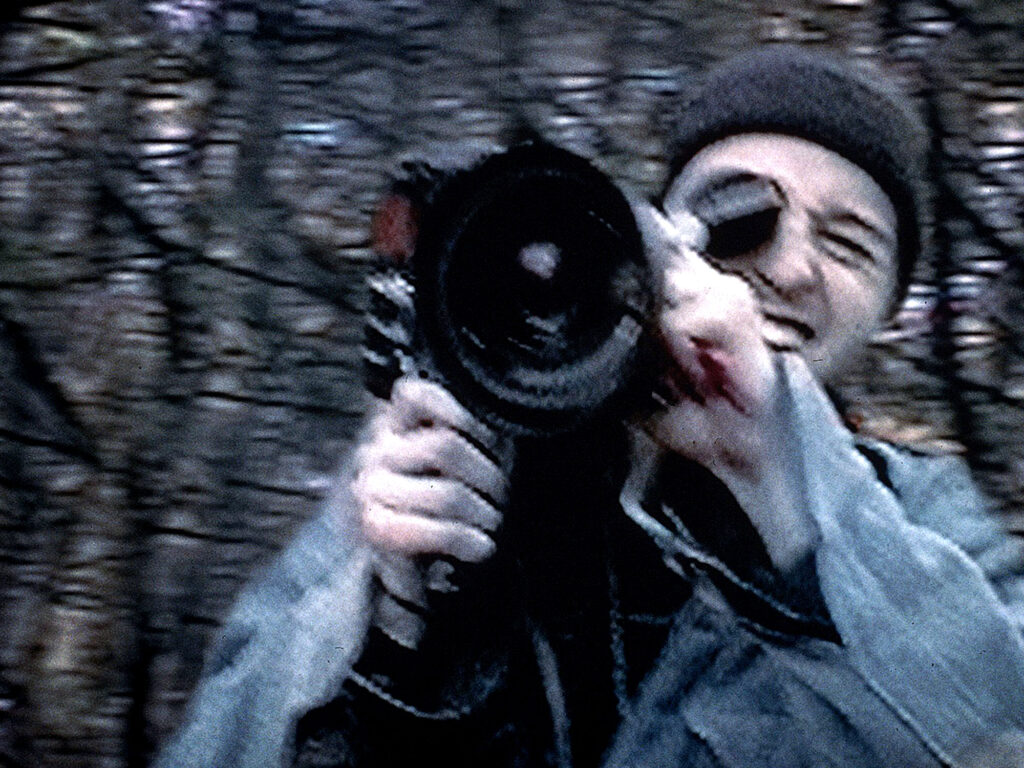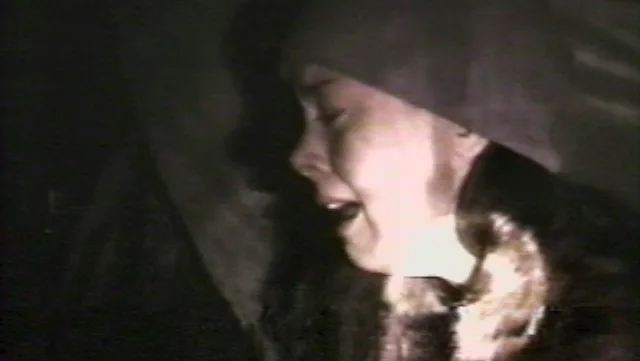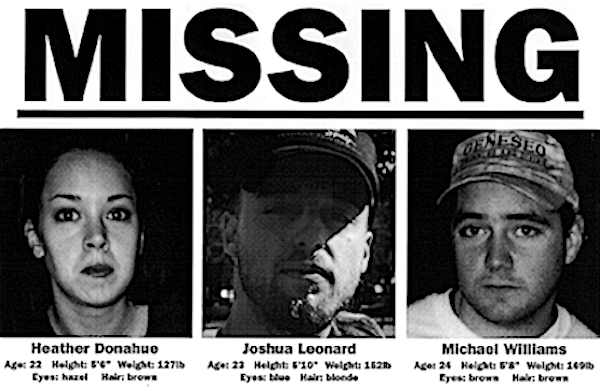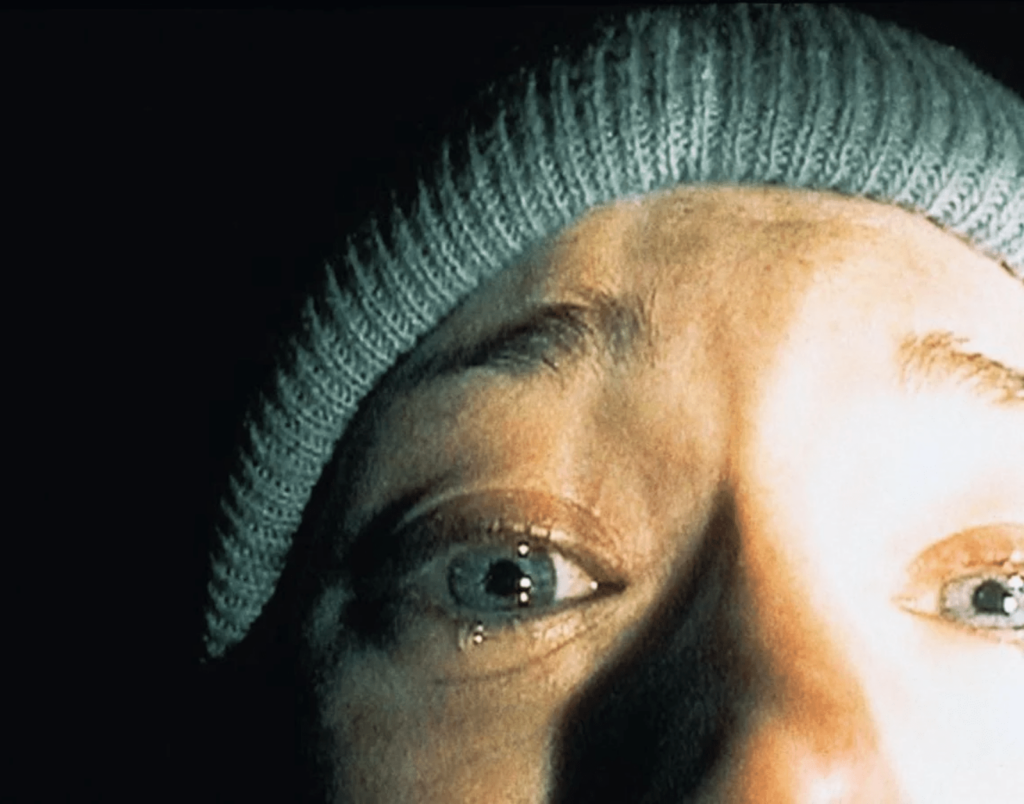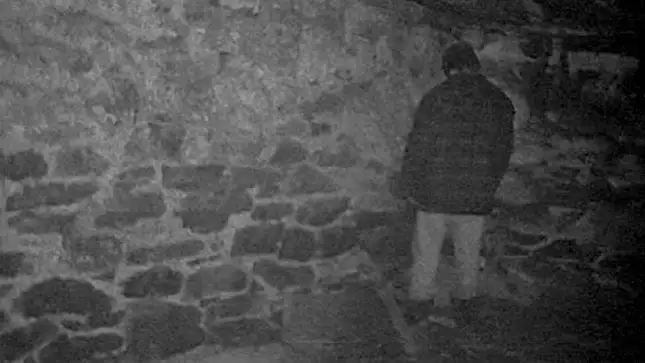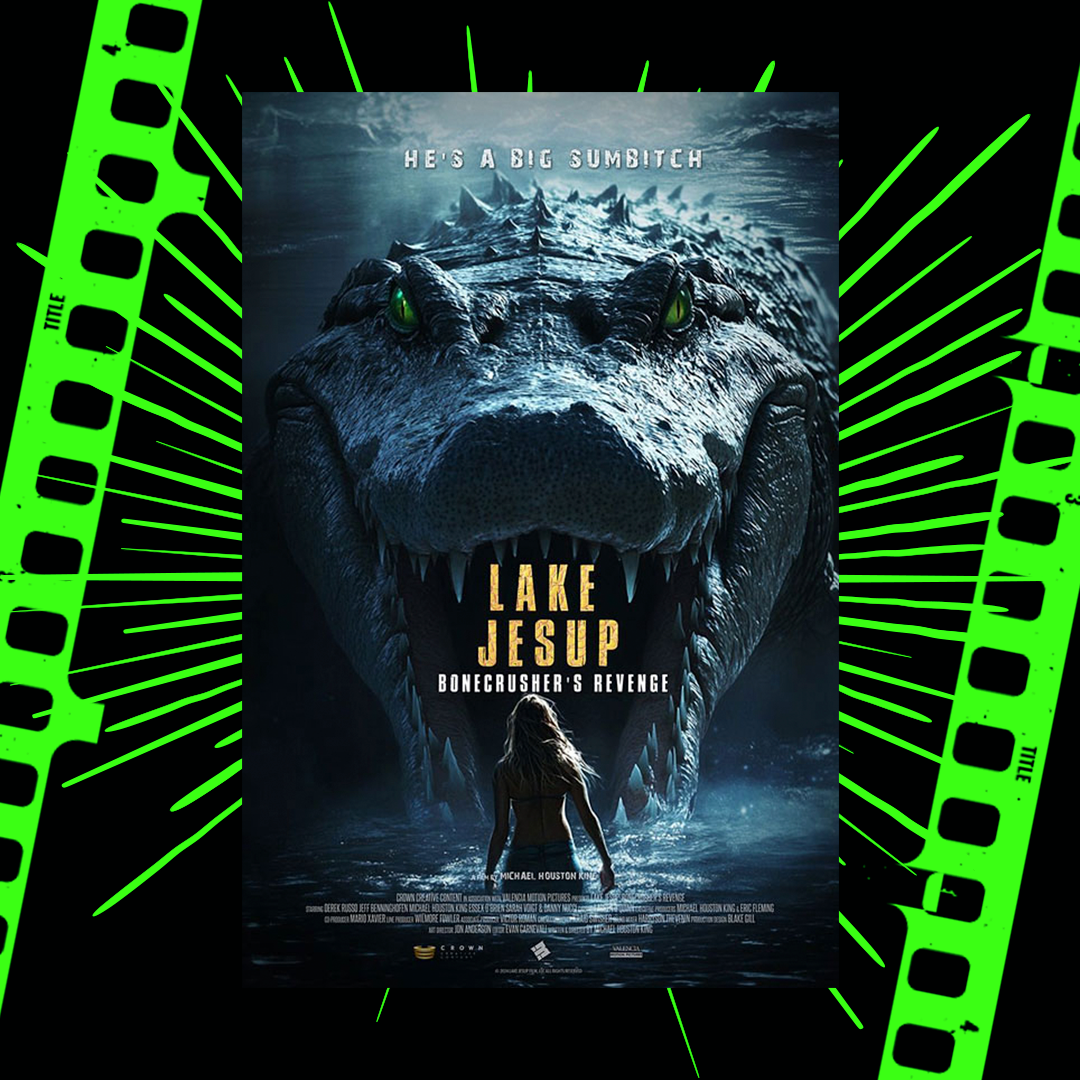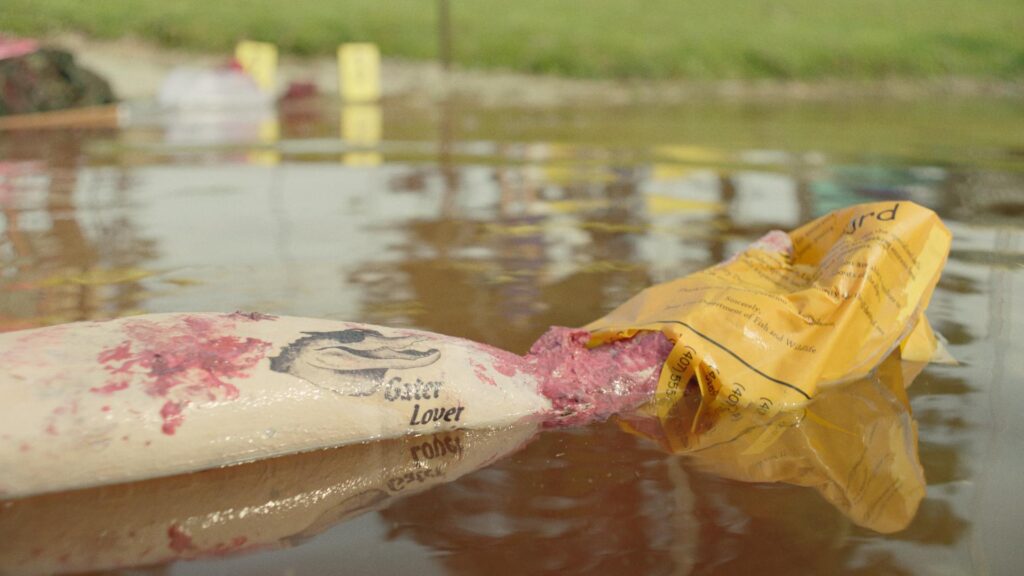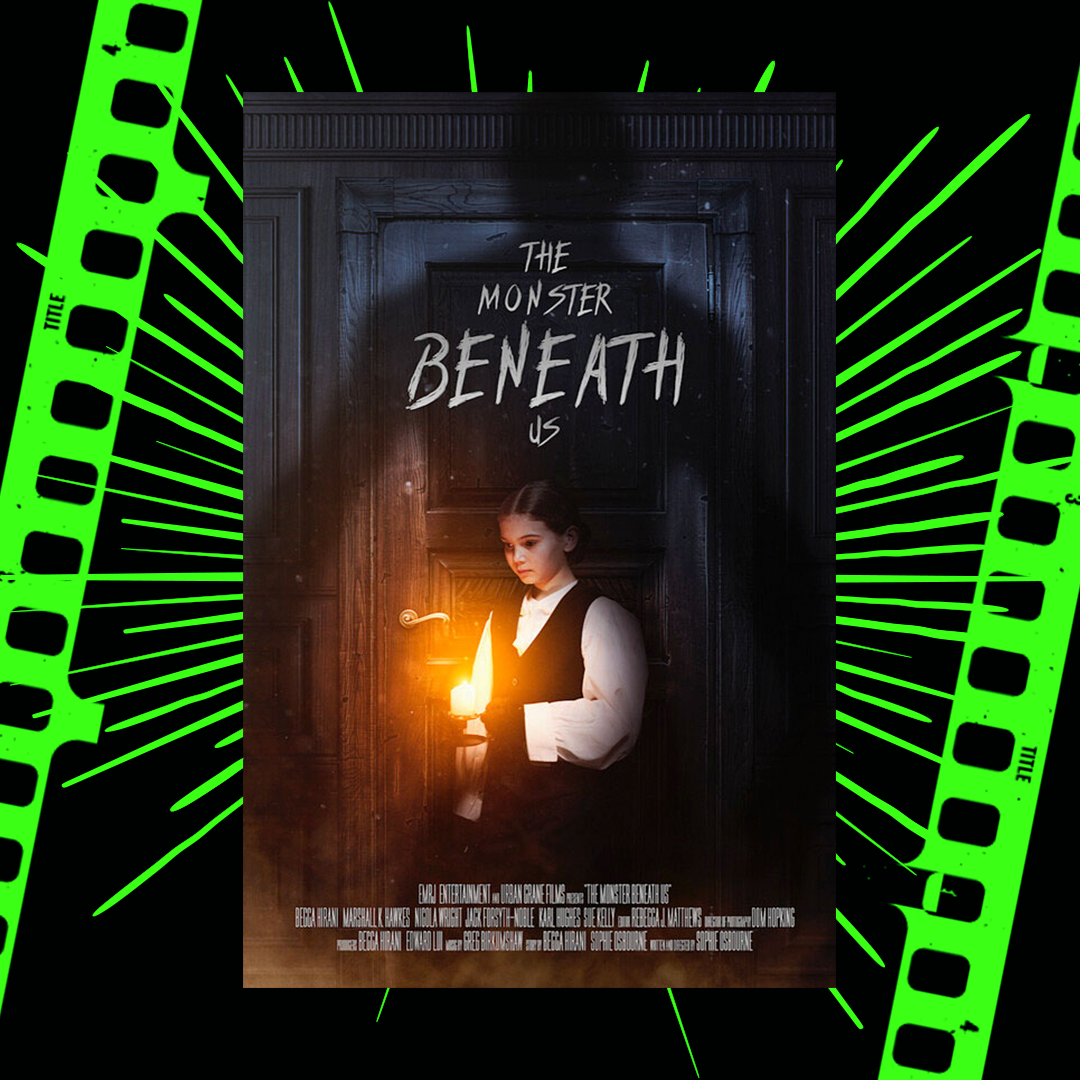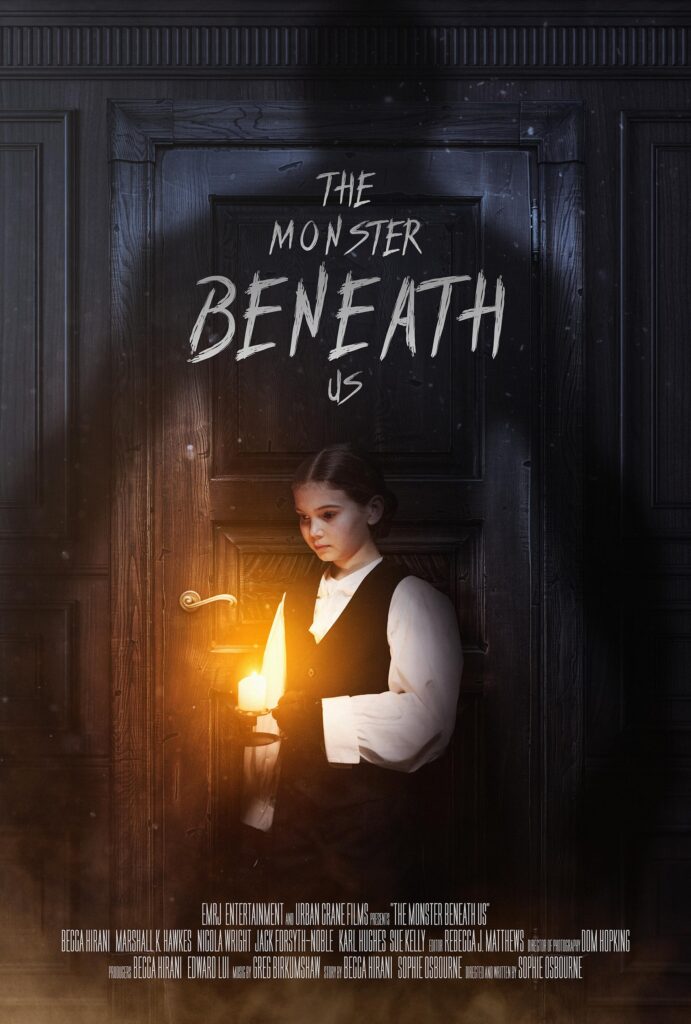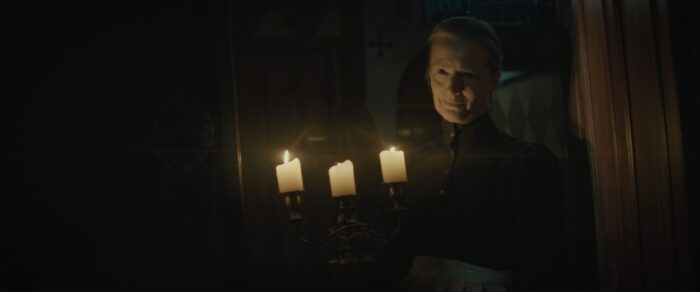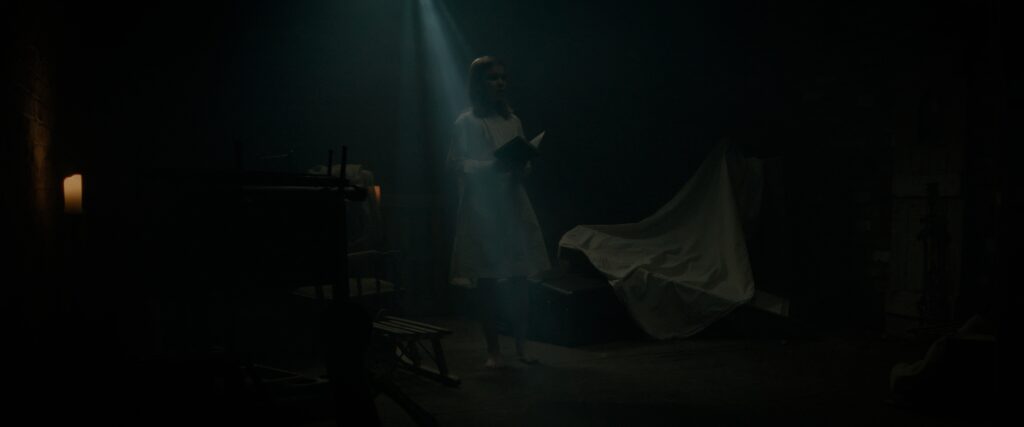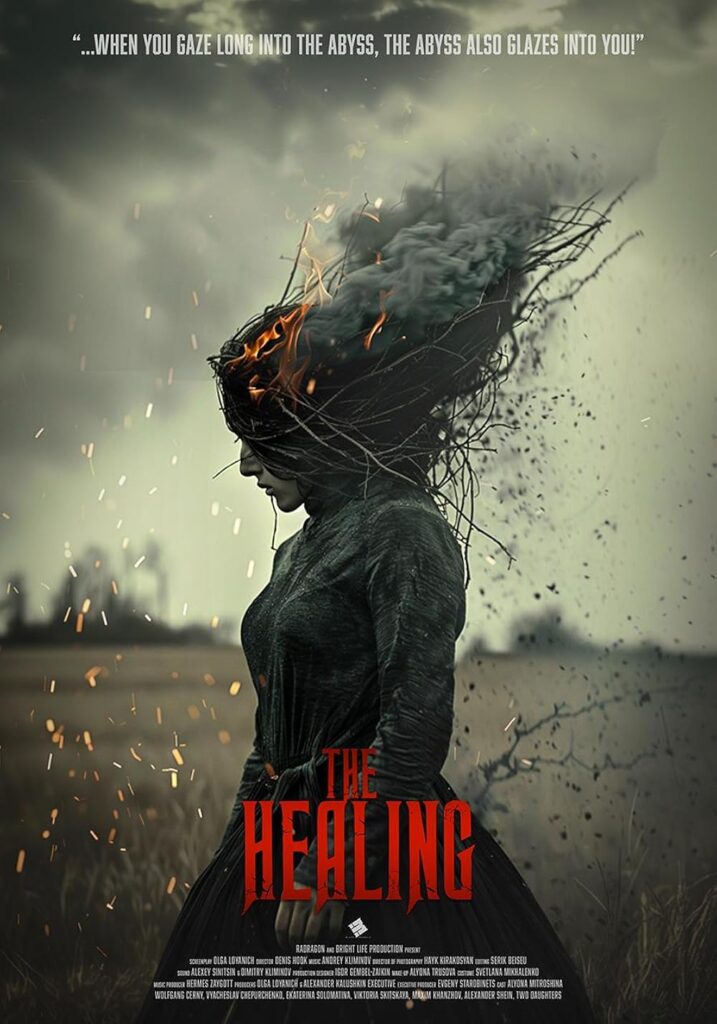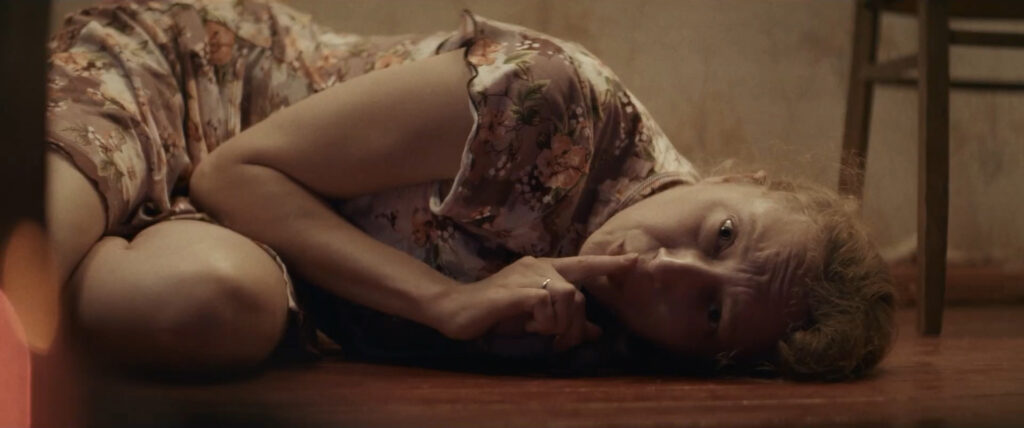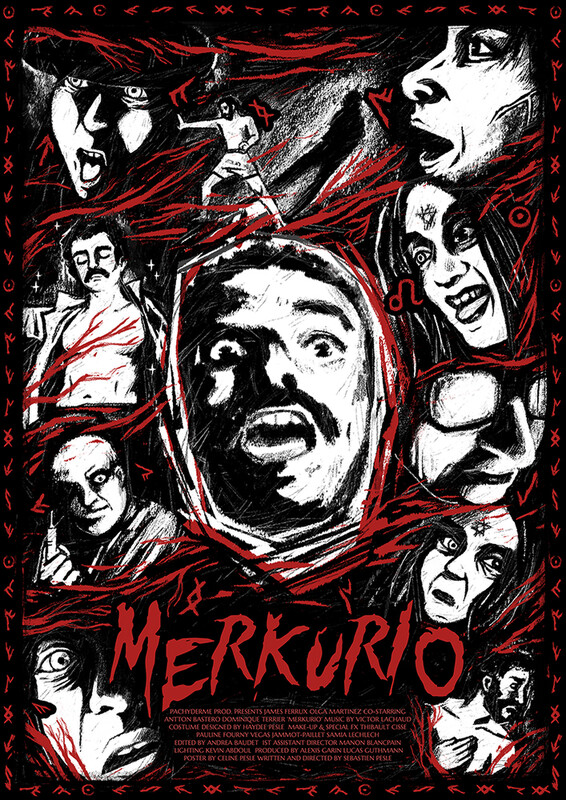
Les Bêtes (Directed by Michael Granberry)

Inspired by the works of Ladislas Starevich, the creator of the first puppet-animated film The Beautiful Leukanida (1912), is Les Bêtes, a haunting stop-motion horror akin to a dark fairytale that follows a mysterious rabbit who summons a myriad of wonderfully strange creatures. This four-year project, conceived by Michael Granberry, is entirely regenerative, with the short solely using recycled film and repurposing abandoned characters made for previous projects that never materialised. Granberry’s experience in the industry has seen him perform as a stop-motion animator in various award films such as Anomalisa (2015) and Tales of Halloween (2015), alongside the horror documentary Never Sleep Again: The Elm Street Legacy (2010) and Swallowed Souls: The Making of Evil Dead II (2011). The one-of-a-kind, outlandish aesthetic is made thanks to the improvisational development of the film, with the short having no script or storyboards; instead, Granberry gathers the intricate characters and allows a narrative to flow naturally. As such, Les Bêtes has an organic quality despite the fantastical elements, fashioning a final product reminiscent of a phantasmagorical fever dream.
VHX (Directed by Alisa Stern and Scott Ampleford)
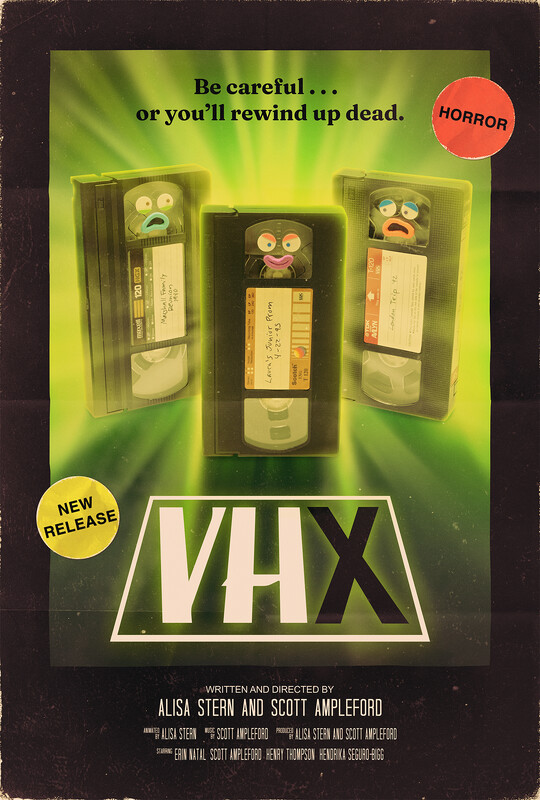
The nostalgia-driven VHX delves into the life of forgotten VHS tapes that sit on a shelf, waiting for the day when they will be chosen and played once again. Little do they know, there’s a fate far worse than living a life in their cases. Director duo Alisa Stern and Scott Ampleford’s mutual admiration for physical media and corny horror cinema, alongside their shared appreciation for the effects that stop-motion animation has to offer, creates a unique, laugh-out-loud take on the trials and tribulations of a neglected home video. The anthropomorphic tapes are what make the top notch animation and creative script thrive, with the Toy-Story-like actions and quick-witted personas being a scarily accurate representation of what one would imagine a humanoid videotape would act like. Top all of this off with an ingenious twist; then you have a guaranteed crowd-pleaser.
Merkurio (Directed by Sébastien Pesle)

This wildly chaotic and maddeningly entertaining thriller follows a lusted-after gigolo (James Ferrux) whose seemingly harmless flirting with an older woman (Olga Martinez) unleashes a world of volatile mayhem. This folkloric comedy meets witchy horror is inspired by the Basque lore and mythology from the Spanish quarters, infusing elements of obscurity and mystique to create an alluringly dark short with the bones of gory horror cinema. These facets of wickedness result in intensely graphic scenes of visceral bloodshed that are made all the more beguiling by the black-and-white effect lashed over the entire film.
Fisitor (Directed by Llŷr Titus)

Stalked by grief after the tragic death of his husband, Loan’s (Gwïon Morris Jones) life has spiralled into misery. As though fate was not cruel enough, his despair is compounded by the haunting of an unearthly creature of Welsh folklore. Fisitor is agony personified—a nightmare screened. Loan has lived through a cataclysmic misfortune, and director Llŷr Titus has no qualms in displaying this heartache, with this fantastic and moving short being one of great affective magnitude. Fused with the narrative is the display of Welsh culture that bleeds throughout. The film embraces its cultural roots through its dialogue, which is composed entirely of the Welsh dialect, and its inclusion of homegrown mythology. Fisitor’s mythological diegesis is rife with haunting imagery and a dark, bleak gloom that melds an omniscient feel to the antagonistic force throughout this deeply impactful short horror.
Lord of the Free Range (Directed by Simon Dymond)
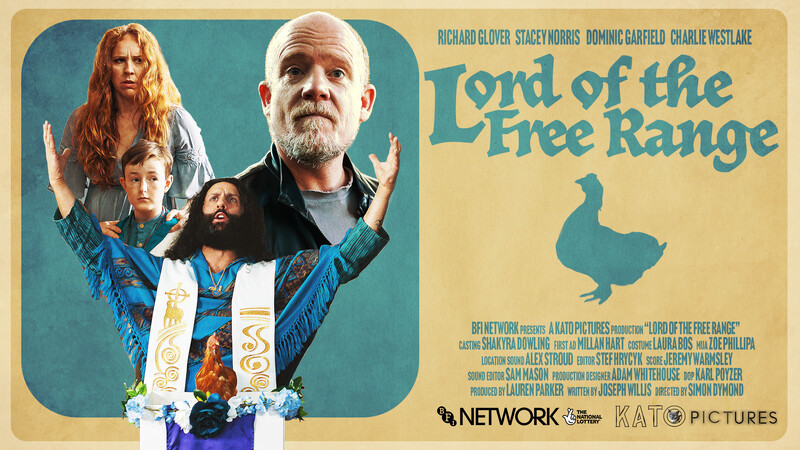
An unwilling to budge father’s (Richard Glover) rigid ways of thinking pushes away his family to a mysterious cult run by the elusive Father Magnolia (Dominic Garfield), who makes it his mission to worship a ‘resurrected’ chicken. What Lord of the Free Range boldly and wisely does is challenge the various forces of play throughout, with director Simon Dymond satirising the antagonist’s presence of the overtly carnivorous appetite from Tony whilst also lampooning the ludicrousness of the cult’s actions. Accompanying the witty story is the unquestionably admirable production value that hones in on a rich, distinctive style and aesthetic to enhance both the character of the film and the overall effect.
Demons in the Closet (Directed by James Smith)

Demons in the Closet recounts the imaginative claymation story of a resident whose closet is host to a labyrinth of demons. This genre-twisting short flips the script as it delivers a thrilling and unparalleled twist of fates within less than two minutes. The punchy gore and monster design collaborate to create a wealth of wacky and wicked creatures that speak to how the art of claymation allows for textural depth and a sense of individual, handcrafted work to shine.
You can catch the films Friday 27th September at this years festival, tickets here!

